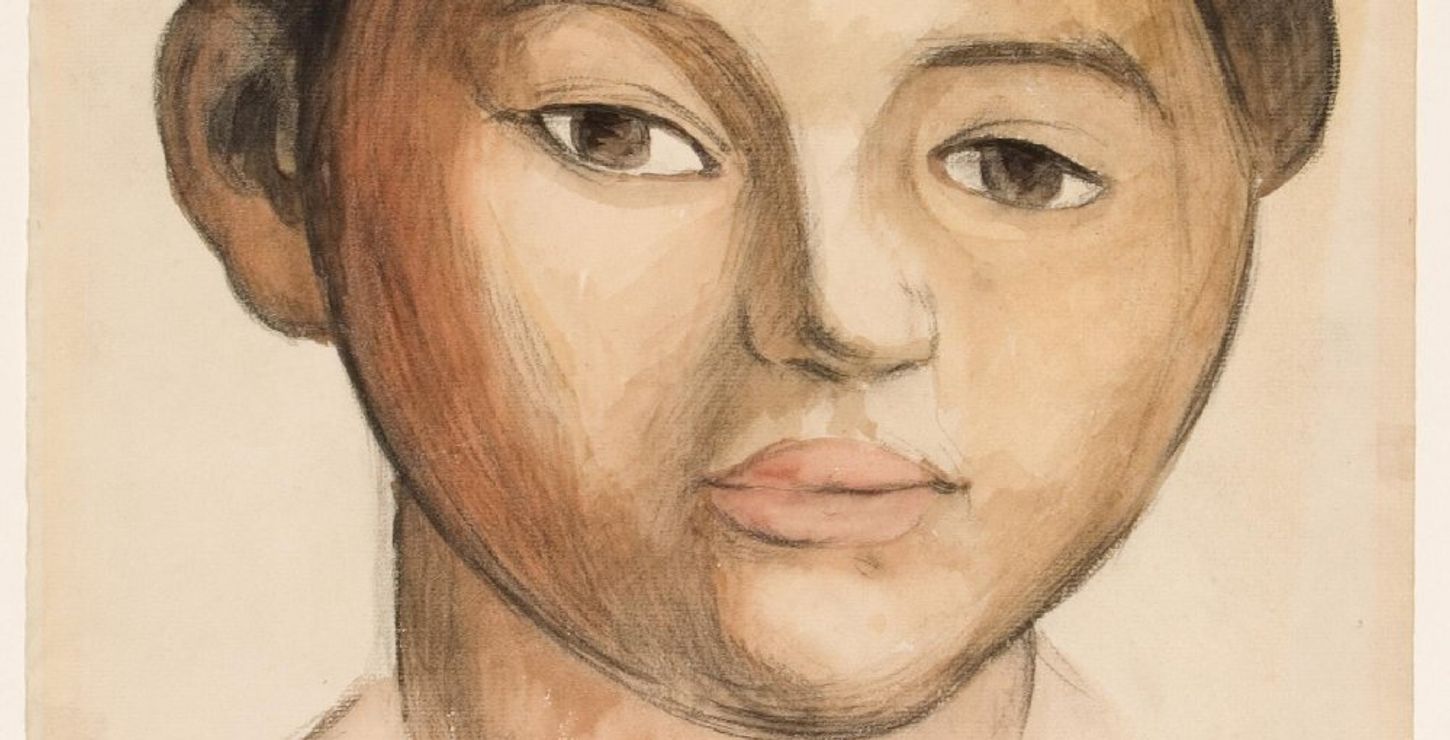Main Building
This exhibition celebrates the one-hundredth anniversary of the birth of Mexican-born Diego Rivera (1886-1957), whose bold and powerful paintings brilliantly convey his passionate concern for social and political issues, drawing upon Mexican history, and celebrating peasants and workers. More than two hundred-fifty paintings, drawings, cartoons for murals, photographs, and book illustrations from public and private collections in the United States, Mexico, Europe, and Brazil will be included in this exhibition which will be the first retrospective of the artist's work to be held in the United States since 1930. The exhibition was organized by the Founders Society, Detroit Institute of Arts and co-sponsored by the Instituto Nacional de Bellas Artes, the Secretaria de Educacion Publica, and the Secretaria de Relaciones Exteriores, Mexico. The international presentation of the exhibition is made possible by the generosity of the Ford Motor Company Fund with the assistance from the National Endowment for the Arts, a United States Federal Agency. In Philadelphia, the exhibition is supported by The Pew Memorial Trust and the Women's Committee of the Philadelphia Museum of Art.
Itinerary
Detroit Institute of Arts
Philadelphia Museum of Art
Museo del Palacio de Bellas Artes, Mexico City
Salas Pablo Ruiz Picasso Biblioteca Nacional, Madrid, Spain
Staatliche Kunsthalle Berlin, Germany
